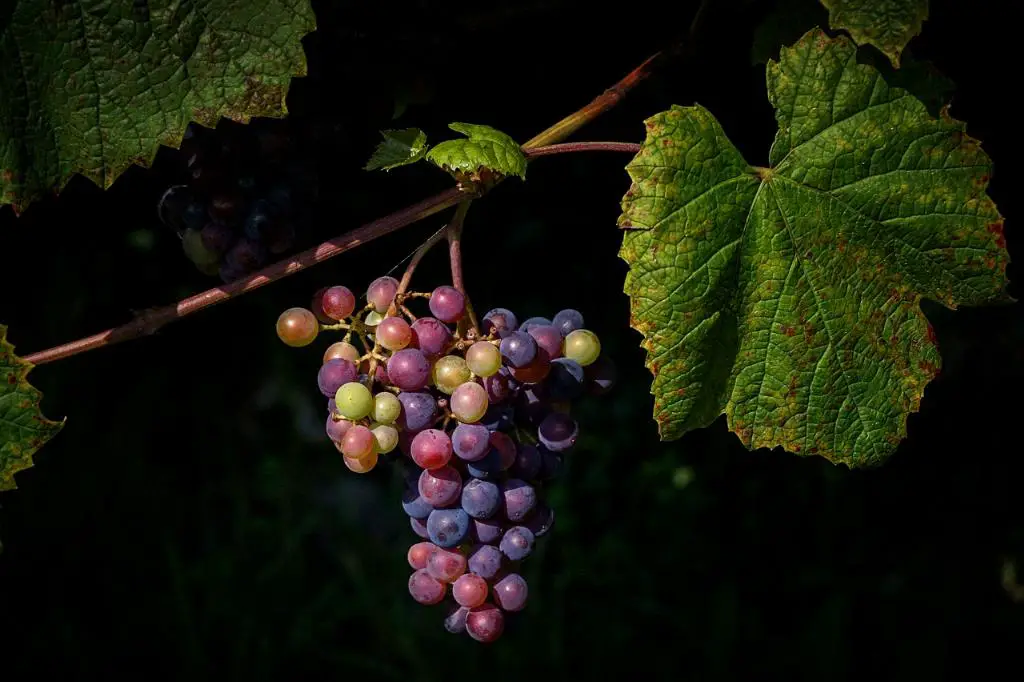When it comes to understanding the difference between wine and alcohol, it’s essential to delve into the intricacies of their production and composition. While both wine and alcohol are consumed for leisure and enjoyment, they have distinct characteristics that set them apart.
1. Origins and Production
One of the primary differences lies in the ingredients used and the processes involved. Wine is made from fermented grapes, capturing the essence of the fruit and harnessing the natural sugars and flavors present in the grapes. On the other hand, alcohol, typically referred to as spirits or hard liquor, is distilled from various sources like grains, fruits, or vegetables.
2. Fermentation versus Distillation
Another key difference lies in the production methods. Wine is created through a process called fermentation, where yeast consumes the sugars in the grapes, converting them into alcohol. This natural process occurs when the grape juice is left to interact with the yeast naturally present in the environment.
Alcohol, on the other hand, goes through a process called distillation. Distillation involves heating a liquid to separate the alcohol from the other components. This process allows for the concentration of alcohol, resulting in a higher alcohol content compared to wine.
3. ABV and Alcohol Content
Alcohol content is an important distinction between wine and spirits. Wine typically has a lower alcohol by volume (ABV) percentage, usually ranging from 10% to 15%. This lower alcohol content makes wine a popular choice for socializing and enjoying with meals.
In contrast, alcohol, as distilled spirits, generally has a higher alcohol content. Vodka, for example, usually has an ABV of around 40%, whereas whisky can range from 40% to 60%. The higher alcohol content in spirits makes them more potent and typically consumed in smaller quantities.
4. Flavor Profiles
One of the most enjoyable aspects of wine and spirits is the diverse range of flavors they offer. Wine derives its flavors primarily from the grapes used in its production. Different grape varieties and growing regions result in various flavor profiles, ranging from crisp and citrusy to robust and full-bodied.
On the other hand, alcohol can exhibit a myriad of flavors, which are influenced by the ingredients and the distillation process. The choice of grains, fruits, or botanicals used in the production of spirits contributes to their distinct taste profiles, whether it’s the smoothness of vodka or the rich complexity of whiskey.
5. Color Differences
Another visible distinction between wine and spirits lies in their colors. Wine inherits its color from the pigments present in the grape skins during fermentation. Red wine gets its color from the skin, while white wine is made without the skin, resulting in a lighter hue. Rosé wine encompasses characteristics of both red and white wine, displaying a pinkish color.
Alcohol, on the other hand, can vary in color depending on the ingredients used and the aging process. While vodka and rum are typically colorless, whiskey can exhibit hues ranging from pale gold to deep amber, influenced by the cask in which it was aged.
6. Serving and Pairing
Wine and alcohol differ in how they are traditionally served and paired with food. Wine is often served in specific glassware designed to enhance its aromas and flavors. Additionally, certain wines are recommended to be served at specific temperatures to optimize enjoyment.
When it comes to pairing with food, wine is renowned for its ability to complement and enhance different dishes, from seafood to red meat. The acidity, tannins, and flavor profiles of wine are carefully considered to create harmonious pairings.
Alcohol, on the other hand, is often consumed neat, on the rocks, or as part of a cocktail. The diverse range and flavors of spirits lend themselves well to mixology, allowing for the creation of unique and complex cocktails that suit various preferences.

Conclusion
In summary, the fundamental differences between wine and alcohol lie in their ingredients, production methods, alcohol content, flavor profiles, colors, and serving recommendations. While wine is made from fermented grapes, capturing the essence of the fruit, spirits are distilled from various sources. Wine provides a wider range of flavors influenced by grape varieties, while alcohol offers a diverse spectrum of tastes derived from different ingredients. Understanding these distinctions can enhance your appreciation for both wine and spirits, allowing you to choose the perfect beverage for every occasion.
